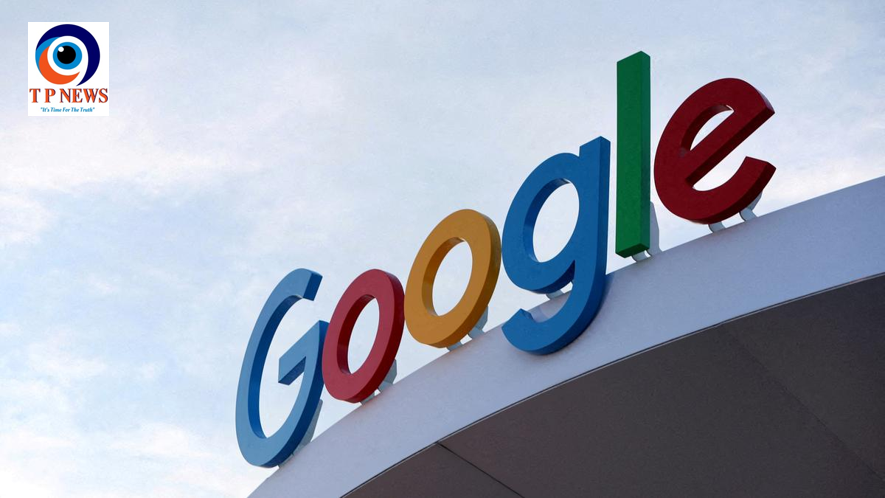In a surprising turn of events, Google has officially confirmed that Android 16 is set to arrive much earlier than anticipated, with a two-phase rollout plan unlike any before. Rumors earlier this month hinted at the early release of Android 16, but now it’s official: Google will unveil the next major Android update in the second quarter of 2024, with a subsequent follow-up release scheduled for the fourth quarter of 2025. This strategic shift, according to Google, is aimed at aligning with global device launches, ensuring seamless integration across a range of Android devices.
The New Android 16 Timeline: What to Expect
Android 16 is slated to debut between April and June 2024, giving device manufacturers a fresh OS in time for the major mid-year device launches. Google’s plan is to synchronize Android’s release cadence with hardware, meaning that devices like the Pixel 10 and Samsung’s next-generation foldables, typically released in the summer months, will come out with Android 16 pre-installed. This alignment with key device launches signals a strategic effort from Google to improve user experience, reducing the wait times often associated with major OS updates.
The tech world got a taste of Google’s evolving release strategy this year with the launch of Android 15 and the Pixel 9 series in August. Although the Pixel 9 arrived with Android 14, Android 15 was already in the pipeline and rolled out a few weeks later, creating a unique overlap. The move to launch Android 16 even earlier reflects Google’s vision to eliminate this fragmentation, offering users the most up-to-date software from day one of their device purchases.
A Mid-Cycle Update: Introducing Android 16.1?
In an unusual twist, Google plans to release a secondary Android update in late 2025. While the first version of Android 16 will carry the lion’s share of upgrades and innovations, this subsequent release in Q4 will serve as a “minor” update, providing optimizations, bug fixes, and feature improvements collected over the preceding months. This incremental update, potentially Android 16.1, hints at a future where Android becomes increasingly adaptable, with frequent and impactful updates rather than annual overhauls.
Why the Shift in Strategy?
This shift allows for a more agile response to industry needs, ensuring that Android keeps pace with hardware advancements while refining and optimizing based on real-world feedback. Google’s approach also signals a more competitive stance in the OS landscape, catering to users who expect their devices to come with the latest software, rather than awaiting extended update cycles.
Looking Forward: Android’s Future in Focus
Google’s revamped schedule for Android releases marks a new chapter in how the company handles OS development, reflecting both industry demands and user preferences for timely, reliable updates. Android 16 and the anticipated 16.1 update will likely set a precedent, with Google demonstrating that it can be both innovative and adaptable.
Stay tuned as Google prepares to release Android 16 in the spring of 2024, setting the stage for a more synchronized future where software and hardware come together seamlessly—offering Android users a fresh, efficient, and ever-evolving experience.











